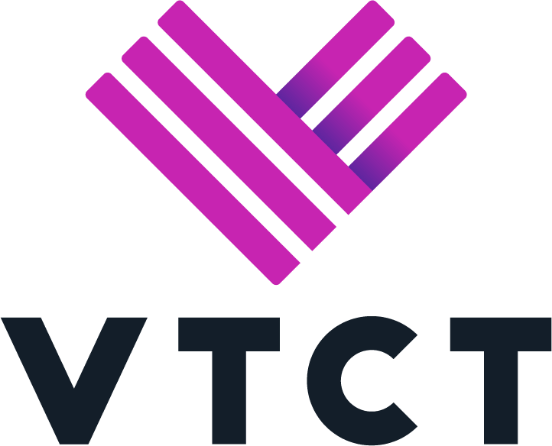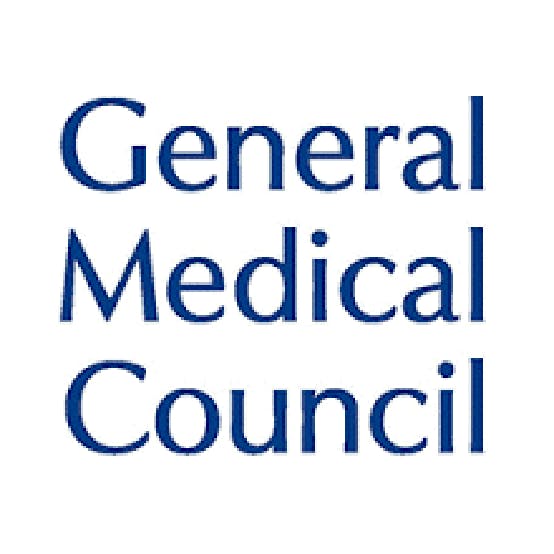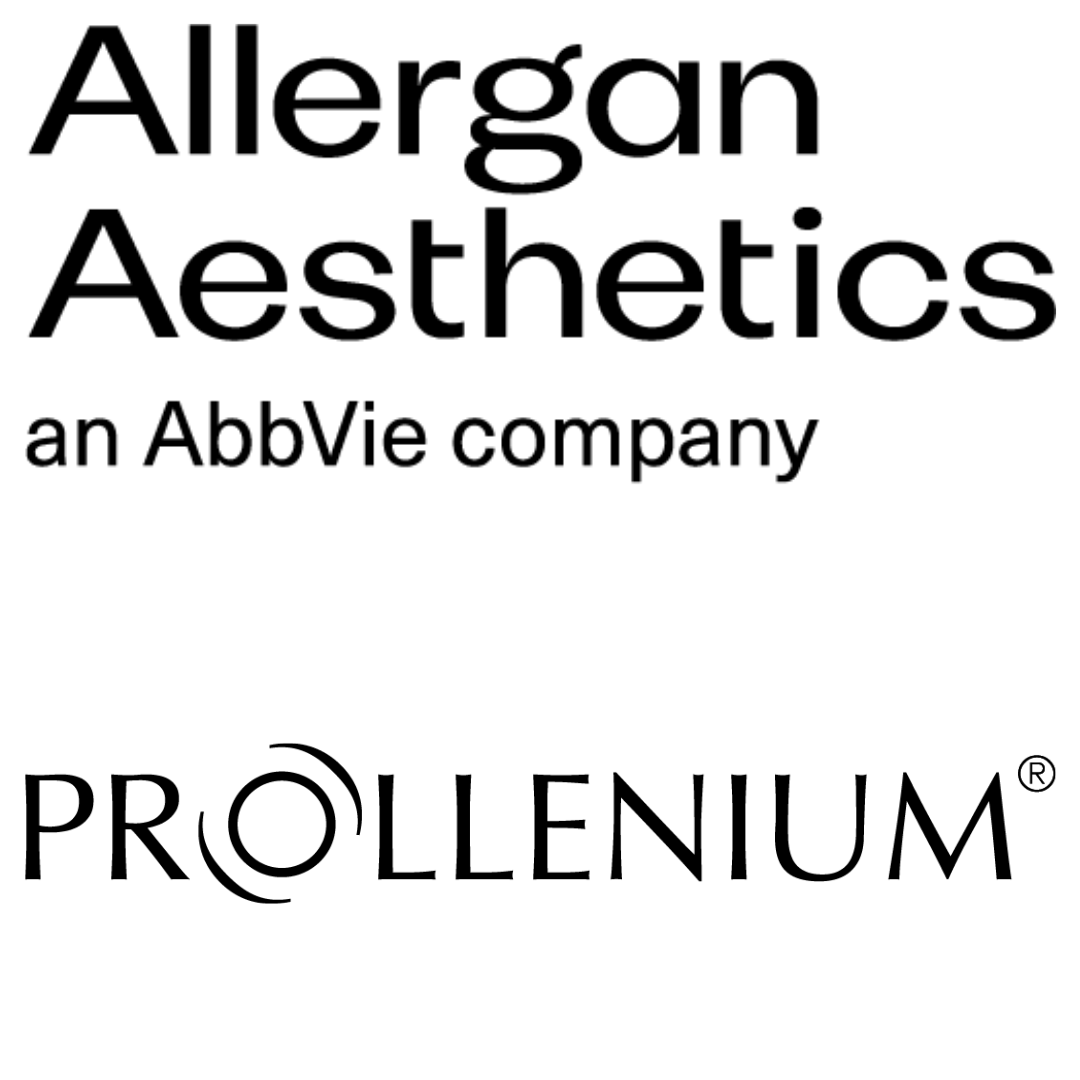Aesthetics Versus Vanity By Dr Tristan Mehta

One of the most common phrases we hear in clinic is, “or am I just being vain?”. Our patients are sometimes confused by their own emotions surrounding their appearance.
How do we make sense of how appearance affects our wellbeing? How do we help explain this to our patients and guide them towards the best outcome for their overall happiness?
This is what I’d like to try and tackle in my guest article, which was originally written for the medical aesthetics community platform, Comma.
The grooming ritual

From birds that preen, to apes who socially groom, appearance is a commodity. It keeps them clean from disease, increases social co-operation and attracts a mate through appearing fertile and healthy.
And humans are no different. We have a biological drive to want to present ourselves as healthy and attractive – to find a partner, reproduce and to socially express ourselves and our needs.
This is nothing new – ancient Egyptians, in particular queen Cleopatra, famously bathed in sour milk to improve the look and texture of her skin.
What has caused this?
Over the centuries, trends have come and gone, however, this fundamental drive has been with us forever. And in recent years, we are seeing that individuals have much more interest in their appearance.
The internet
I believe that the internet – and the intoxicating availability of digital content – is the largest driver in appearance modification.
With social media, we an immediate and perpetual influence with us at all hours of the day – and only recently have we started learning about how subconsciously suggestible we are to this new technology.
Social platforms such as Instagram and YouTube are incredibly visual and influencers need to look beautiful to climb the algorithm and, ultimately, influence.
Inspiration is not short in supply, with reality TV and celebrity culture creating a pandemic of appearance anxiety; affecting the particularly vulnerable cohort of young women.
The role of the clinician
So, with the above factors in mind, how do we offer our services and professional care to those patients who would actually benefit and enjoy longer term happiness and wellness, versus those patients who need to be guided and protected? The truth is, we don’t yet know. As of now, there isn’t a standardised screening tool to identify which patients will benefit versus those who won’t – and research funding to understand this is notoriously hard to find.
We know how to diagnose body dysmorphia, but referral pathways to psychotherapy aren’t established at scale.
Whilst this research is underway, I like to think of cosmetic treatments on a spectrum.
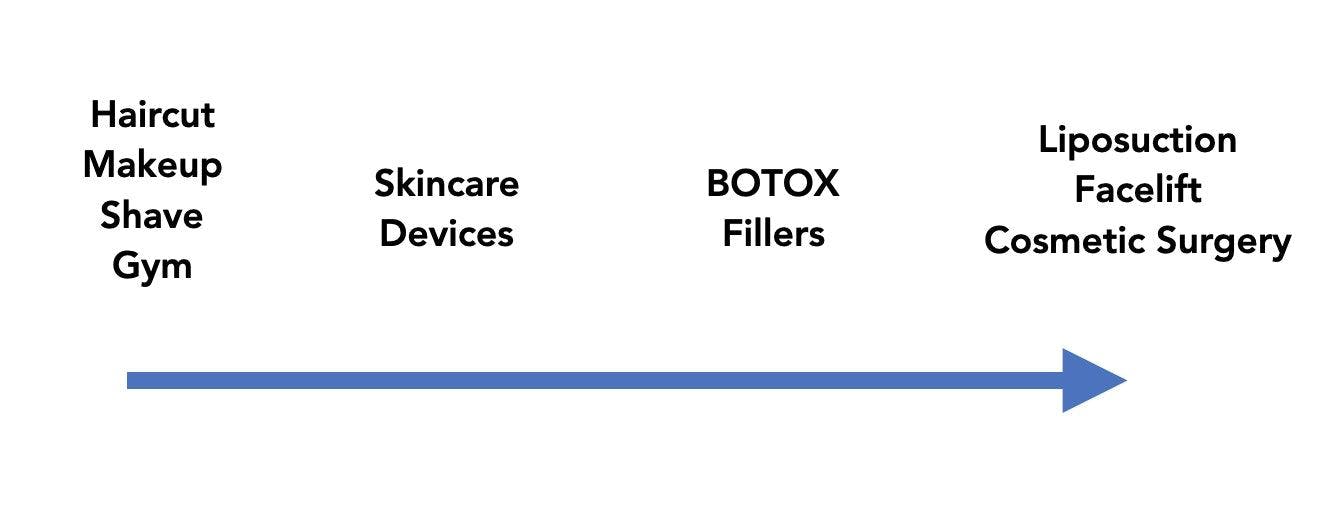
Getting injectables isn’t inherently more vain than wearing makeup. But as we go along the spectrum, the patient (and eventually, society) must accept that four factors increase...
More invasive treatments incur more risk.
More exotic treatments incur more stigma.
More advanced treatments incur more cost.
And more effective treatments incur a greater impact on your appearance.
– DR TRISTAN MEHTA, EXECUTIVE CHAIRMAN OF HARLEY ACADEMY AND MEDICAL AESTHETICS SPECIALIST
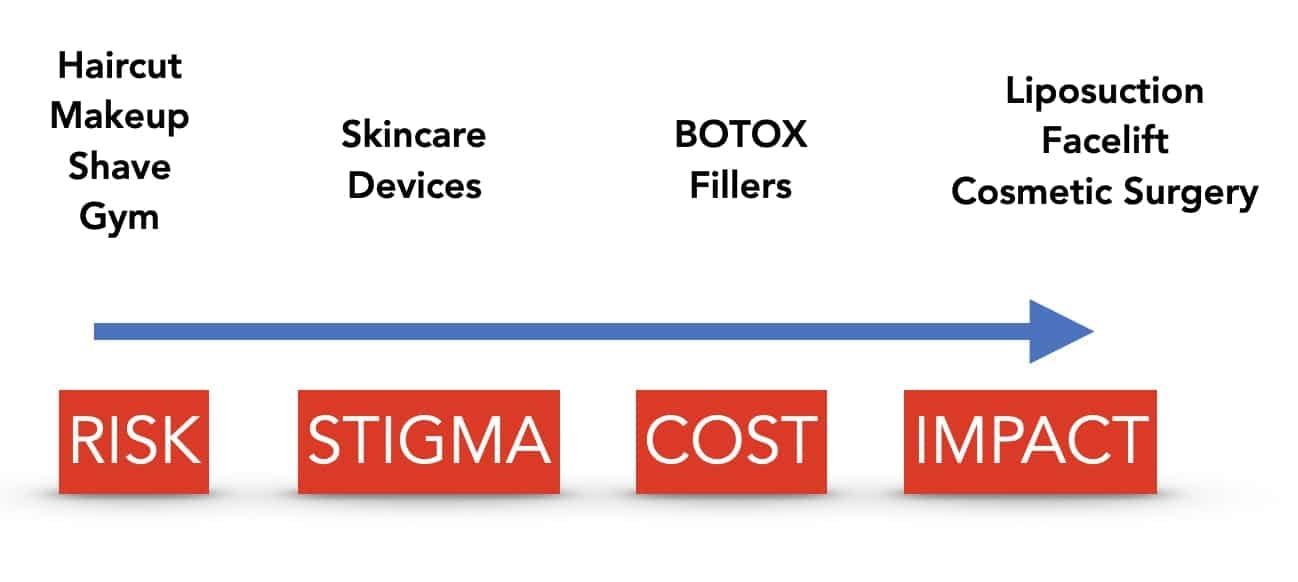
So which patients are treatable?
The key realisation I have had is that an individual will approach this spectrum of cosmetic modification at a point which is right for them. However, their psychological driver for having a treatment (anywhere along the spectrum) can be either healthy or unhealthy.
The following are my own personal beliefs and are not validated by research. If someone is looking for a treatment to feel their best and as part of a self-loving grooming ritual, then I have found my patients have tremendous psychological and emotional benefit from their treatments.
However, if a patient has a lack of self-worth and is attempting to enhance their appearance for the sake of attention or validation, then I try my hardest to understand their experience and guide them towards more appropriate care. It may be that they are suitable for injectables further down the line but I cannot help the root cause of their desire for treatment right now.
And this is somewhere the current aesthetics industry fails. We don’t fully understand the most appropriate care for these patients and research is at an embryonic stage.
Lack of education and regulation – the biggest risk
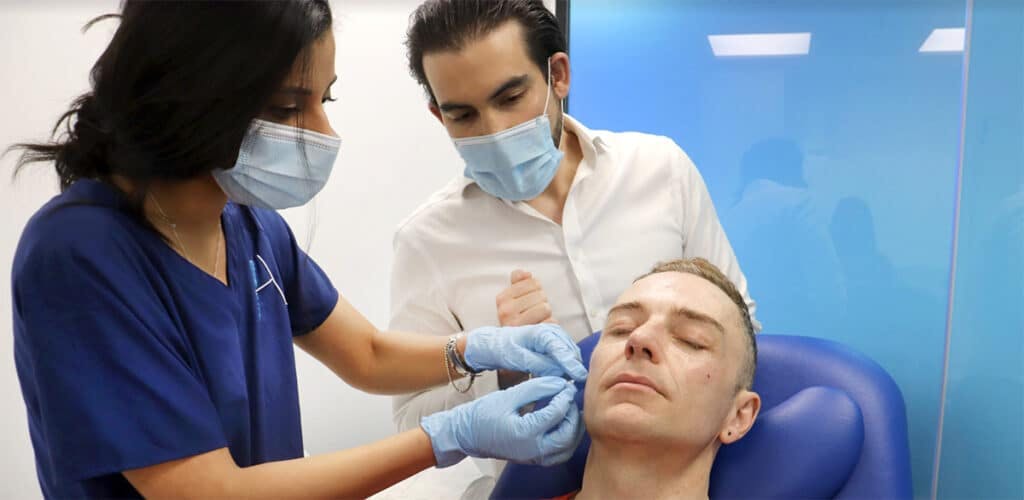
Over the last 10 years, three of these factors have decreased – treatments are increasingly affordable, de-stigmatised and effective. However, our knowledge of cosmetic treatments – and understanding their psychological long-term effects – are not broadly standardised and there is widespread lack of expertise.
More worrying, lack of proper regulation in countries such as the UK heightens this risk. Aesthetics has become a public health issue, with lay injectors creating a bubbling economy of dangerous practices.
One of my passions is driving forward a new vision for aesthetics and we attempt to achieve this through our work here at Harley Academy.
I hope you found this article interesting, and would love to hear your thoughts on this very important area of our work. You can leave your feedback on our Harley Academy Instagram or Facebook pages, or on Comma.
– Dr Tristan Mehta
Executive chairman of Harley Academy and aesthetics specialist at STORY, Marylebone




